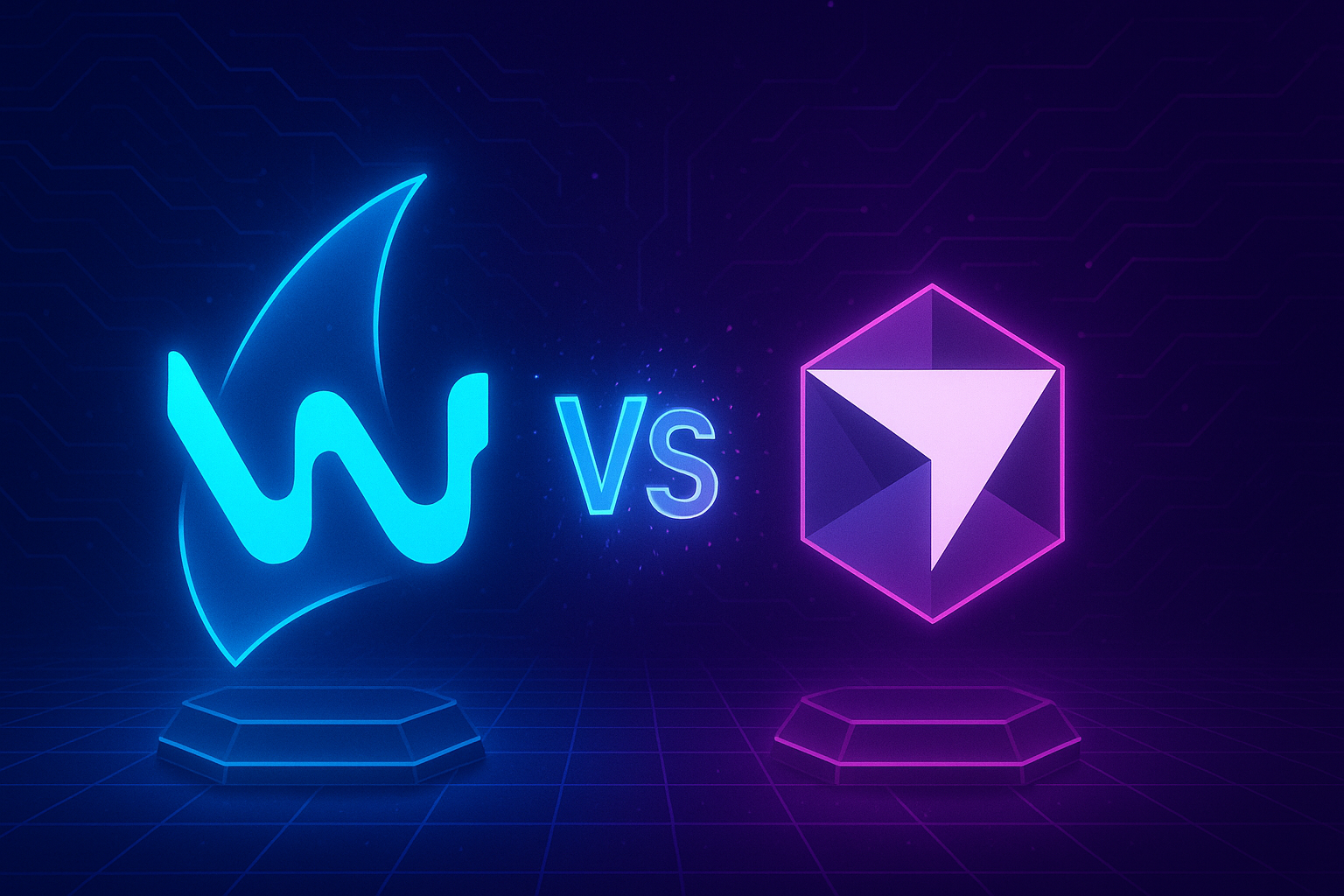Cursor Agent vs. Windsurf: Which AI Coding Assistant Is Right for Your Team?

AI coding assistants are transforming from autocomplete tools into autonomous software agents that manage entire workflows. Two names consistently emerging in developer communities are Cursor Agent and Windsurf, both designed to amplify productivity, but in very different ways.
While Cursor focuses on structured, reviewable automation, Windsurf takes a more contextual, IDE-native approach, prioritizing seamless collaboration and code comprehension.
If you’re evaluating which tool to adopt for your team, this comparison will help you understand where each shines, from multi-file editing and terminal integration to agentic reasoning and security controls.
Philosophy: Control vs Context
Cursor Agent is built around controlled automation.
It acts like a workflow engine — performing tasks across multiple files, running tests, or pushing code, but always in a human-in-the-loop pattern. Teams can review diffs, approve command executions, and define safety rules.
Windsurf, by contrast, acts as a context-aware thought partner. It doesn’t execute commands; it reasons. Developers get natural-language explanations for complex code, real-time refactor suggestions, and architectural guidance.
In short:
- Cursor optimizes process.
- Windsurf optimizes thinking.
Multi-file refactoring and repository scale
Both tools handle multi-file reasoning, but with different strengths:
- Cursor Agent excels at batch operations — updating patterns across hundreds of files, fixing deprecated APIs, or syncing code style automatically.
- Windsurf shines in architectural reasoning — understanding relationships between modules, dependencies, and design patterns before suggesting changes.
If your workflow includes repetitive, mechanical updates — Cursor wins.
If your focus is deep comprehension or large onboarding projects — Windsurf stands out.
Safety, autonomy, and team readiness
As AI coding assistants gain autonomy, trust boundaries become critical.
Cursor implements command gating: before running tests or builds, it asks for confirmation and displays diffs. That’s ideal for enterprise teams integrating with CI pipelines.
Windsurf takes a lighter approach, keeping all actions local and limited to suggestion mode, which can feel safer for developers who prefer manual control over execution.
Collaboration and onboarding
Cursor includes review workflows where multiple engineers can inspect AI-generated diffs before merging.
Windsurf instead emphasizes inline learning — it explains code as it assists, making it excellent for onboarding new developers who need to understand context quickly.
Enterprise and security focus
- Cursor Agent: Configurable permission sets, sandboxed commands, audit trails, and safe terminal execution.
- Windsurf: Privacy-focused by design, operating locally within IDEs without sending code externally (depending on configuration).
For regulated industries or CI-integrated use cases, Cursor’s controlled autonomy may fit better.
For teams prioritizing privacy-first development, Windsurf has the edge.
Developer experience and UX
Windsurf’s UX feels conversational — it’s designed to stay out of the way, surfacing suggestions intuitively as you code.
Cursor’s interface feels more operational, closer to a Git-like environment: see diffs, approve, and deploy.
Developers who love terminal-style control will feel at home in Cursor.
Those who prefer fluid IDE integration will enjoy Windsurf.
Which one should you choose?
Final thoughts
Both Cursor Agent and Windsurf represent the next generation of agentic AI for developers — but they embody two philosophies:
- Cursor: Automation with accountability.
- Windsurf: Intelligence with intuition.
For organizations scaling automation responsibly, Cursor delivers the right balance of speed and control. For developers seeking intelligent companionship inside their IDE, Windsurf provides unmatched context and fluidity.
The best path forward may not be choosing one over the other — but integrating both: Cursor for automating what’s repeatable, Windsurf for enhancing what’s creative.
Read more about both tools, from Amplifi Labs' hands-on experience:
- Cursor Agent — Inside the AI-powered workflow engine for developers.
- Windsurf — Why developers are switching to this agentic pair programmer.




